what is automotive injection molding
Injection molding is a manufacturing process for producing parts by injecting molten material into a mold. Injection molding can be performed with a variety of materials, including metals, glasses, elastomers, confections, and most commonly thermoplastic and thermosetting polymers. Material for the part is fed into a heated barrel, mixed, and forced into a mold cavity where it cools and hardens to the configuration of the cavity. Injection molding is used in many different industries including automotive manufacturing.
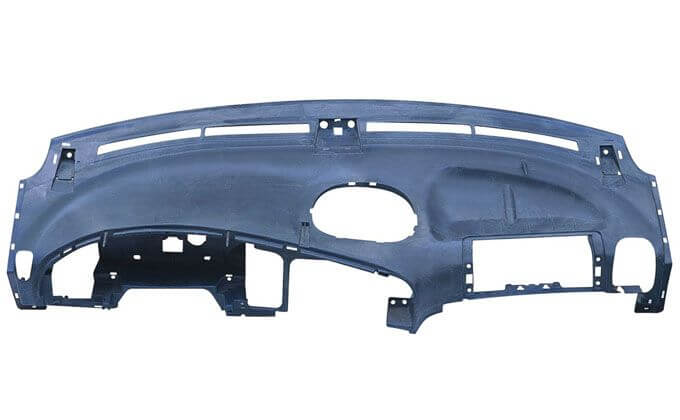
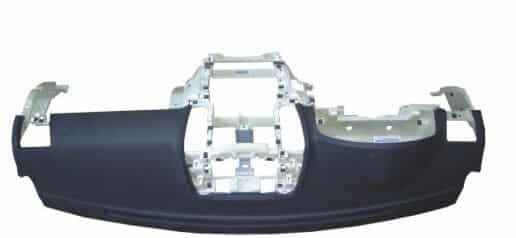
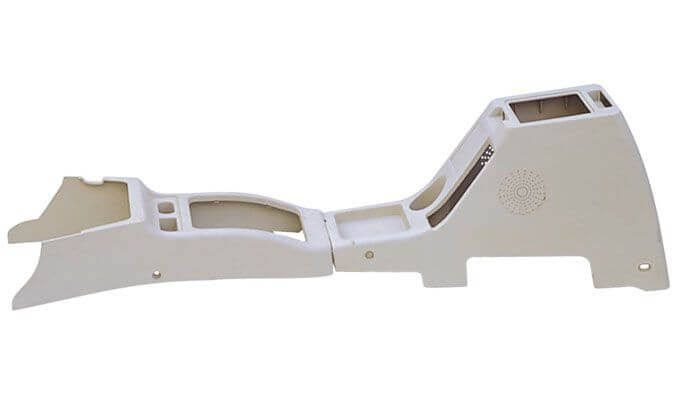
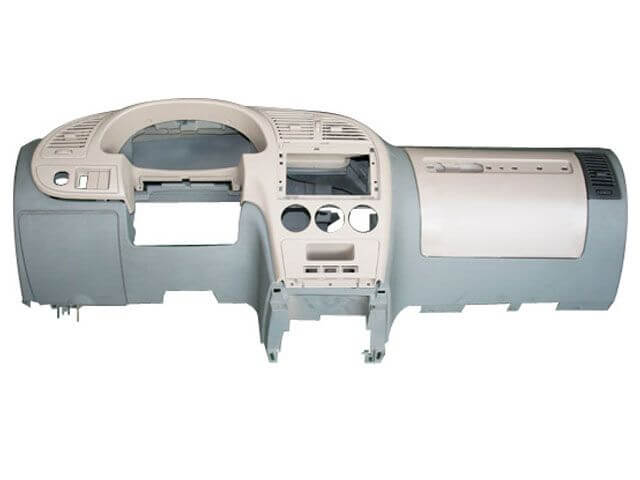
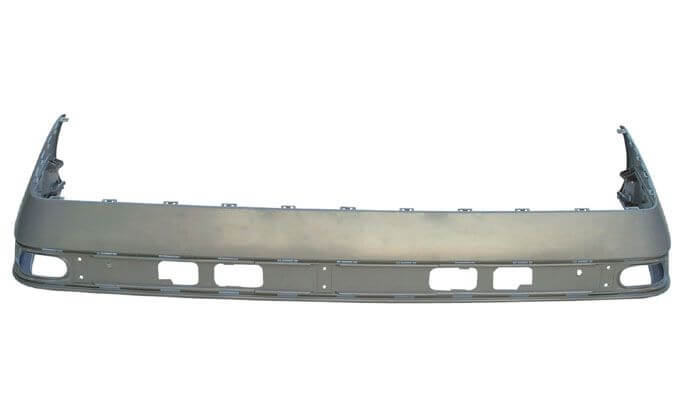
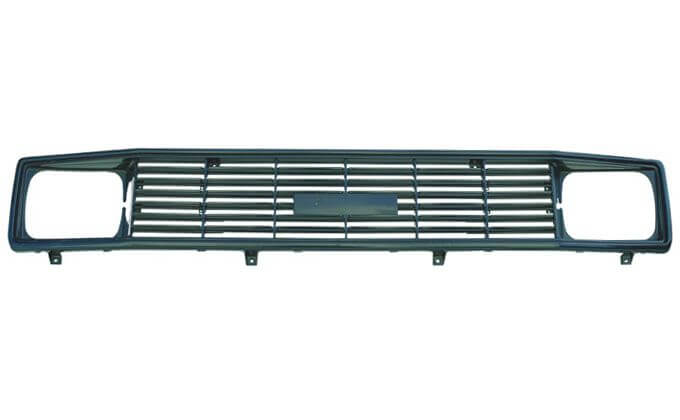
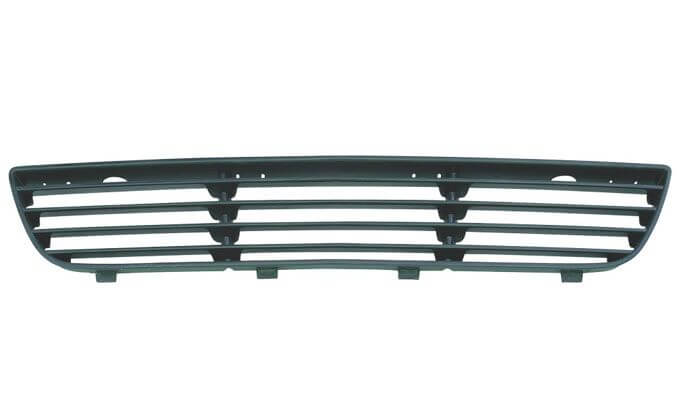
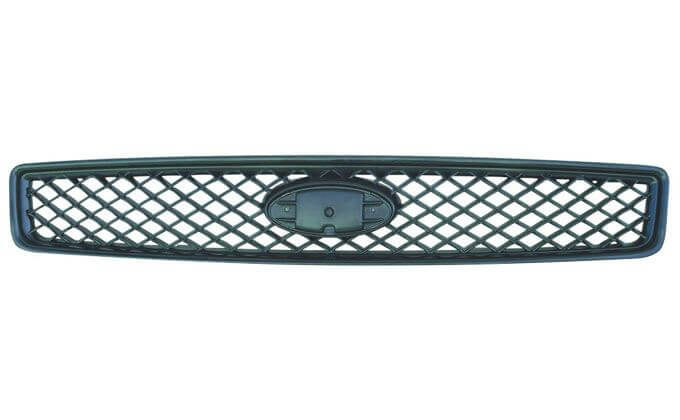
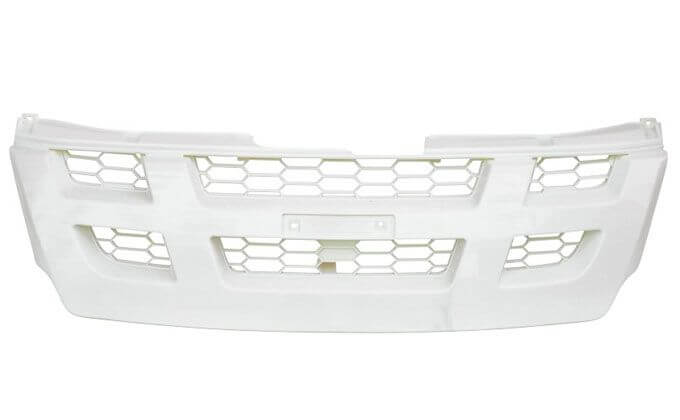
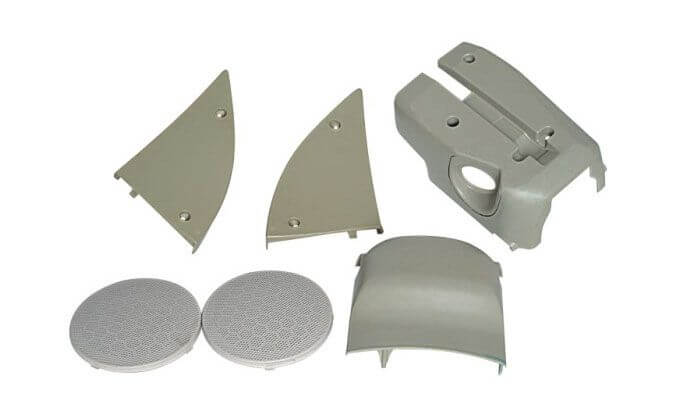
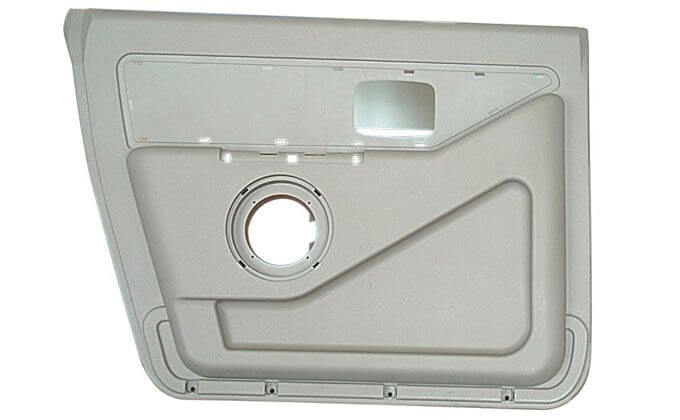
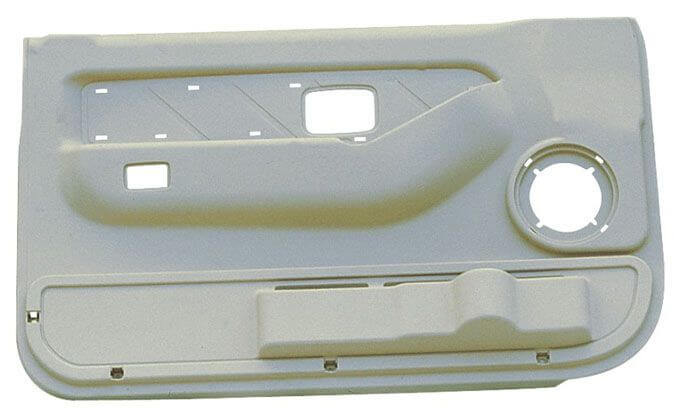
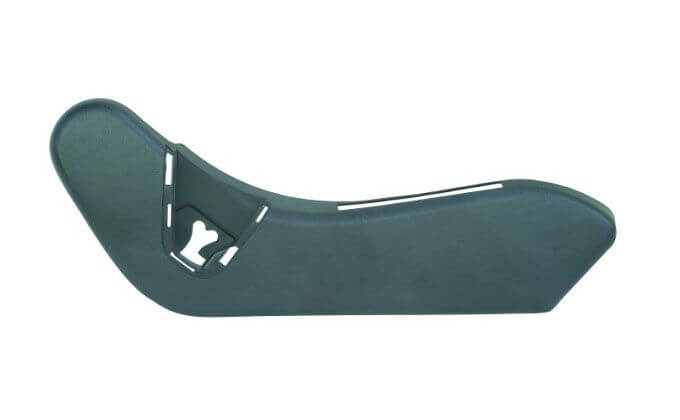
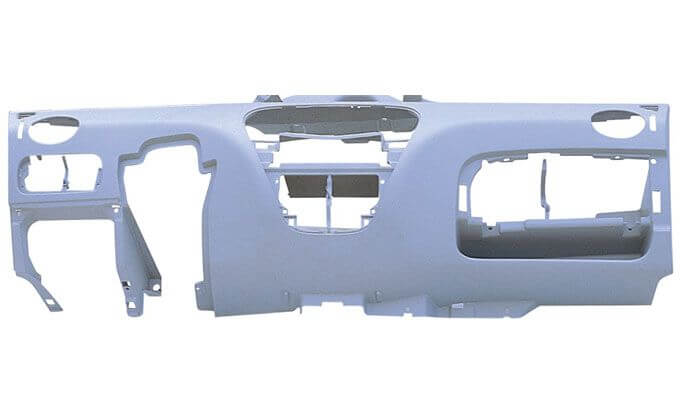
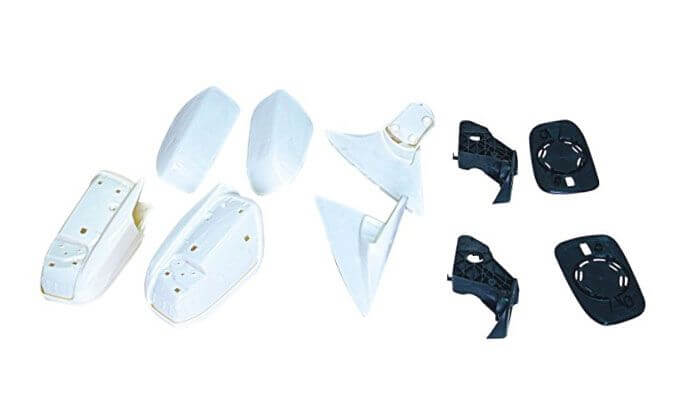
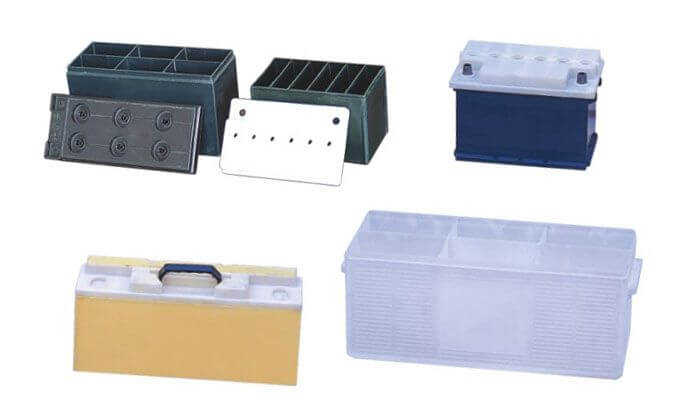
Injection molding is a process commonly used in the automotive industry to produce car parts. It is a manufacturing technique that involves injecting molten material into a mold to create the desired shape. Injection molding is widely used because it is efficient and can produce high-quality parts. The automotive injection molding process typically begins with creating a metal mold, which is then placed into a machine that heats the material and injects it into the mold. Once the part has cooled, it is removed from the mold and undergoes quality control testing before being shipped to the customer.
Introduction: what is automotive injection molding?
Injection molding is widely used in the automotive industry to create parts and components such as dashboards, door panels, and body panels. Injection molded parts are strong and have a high level of dimensional accuracy. They can also be designed with complex geometries.
Injection molding is a versatile manufacturing process that can be used to create parts with different colors, textures, and properties. Automotive injection molded parts must meet stringent quality standards for durability, fit, and finish.
The history of automotive injection molding

The history of automotive injection molding is a long and complicated one. In the early days of the automobile, injection molding was used to create metal parts for the cars. However, as time went on and cars became more complex, injection molding was used to create plastic parts for the cars as well. In the early days of automotive manufacturing, assembly line workers would laboriously hand-fit each component onto the chassis of a car. This was a time-consuming and often repetitive process that was ripe for automation. Injection molding proved to be the perfect solution.
Injection molding is a manufacturing process in which molten material is injected into a mold and allowed to harden. This can be done with metal, plastic, or other materials. The automotive industry began using injection molding in the 1950s with the mass production of plastic parts like dashboards and door panels.
Injection molding quickly became the preferred method for producing car parts because it was faster and more consistent than hand-fitting components. In addition, injection molded parts are often stronger and more durable than their handmade counterparts.
Today, injection molding is one of the most important methods for creating car parts. It is used to create both small and large parts, and can be used to create parts that are either simple or complex in design. Injection molding is an essential part of the modern automotive industry, and its history is a long and fascinating one.
How automotive injection molding works
Injection molding is a process that is used to create parts and products from thermoplastic and elastomeric materials. Injection molding is used to create parts for a wide variety of industries, including the automotive industry.
Automotive injection molding is a complex process that involves injecting molten plastic into a mold to create car parts. The process begins by heating the plastic to its melting point. Once it’s in a liquid state, the plastic is injected into the mold under high pressure. The mold cavity is filled and the plastic cools and hardens to take on the desired shape. Injection molding is used to create a variety of car parts, including dashboard components, door panels, and more. The process is relatively quick and efficient, making it a popular choice for mass-producing car parts.
The benefits of automotive injection molding
Injection molding has been used in the automotive industry for over 50 years. Injection molding is a process that uses molten plastic to create parts and products. The benefits of injection molding include its ability to create complex shapes, its high production rate, and its low cost.
Injection molding is a versatile manufacturing process that can be used to create a wide variety of parts and products. Injection molding is particularly well suited for the automotive industry because it can be used to create complex shapes, such as car body panels, and it has a high production rate. In addition, injection molding is a relatively low-cost manufacturing process.
Injection molding is faster than traditional manufacturing methods. Injection molding is a very efficient manufacturing process. Because the material is heated and forced into a mold, the process is quick and can be used to create large volumes of parts.
Injection molding is more precise. Injection molding machines are very accurate, so the parts created by the process are consistent and have good fit.
Injection molded parts also have superior dimensional accuracy and repeatability compared to other manufacturing processes , which results in less waste and fewer defects.
Injection molding can be used to create parts with complex shapes that would be difficult or impossible to produce using other manufacturing methods. The injection molding process is versatile and can be used to create parts with a wide range of different properties, such as strength, flexibility, and durability. Injection molding is widely used in the automotive industry to produce parts such as body panels and engine components.
Injection molding is a versatile manufacturing process for producing parts from thermoplastic and thermosetting plastics. Materials such as polystyrene, polycarbonate, nylon, and ABS can be molded into complex shapes with tight tolerances. Injection molding is commonly used in the automotive industry to produce interior and exterior parts, including dashboards, door panels, and bumpers.
Advantages of injection molding include the ability to produce large quantities of parts quickly and efficiently. Disadvantages of injection molding include the high initial investment cost of the equipment and tooling, as well as the need for skilled operators.
Injection molding is one of the most popular manufacturing processes for producing parts and components for the automotive industry. This process is cost-effective because it allows manufacturers to create large quantities of parts quickly and efficiently.
The challenges of automotive injection molding
Automotive injection molding is a process used to create parts and components for cars and other vehicles. The process is complex and challenging, and it requires a high level of skill and experience to execute correctly.
One of the biggest challenges of automotive injection molding is achieving the correct dimensions for parts. The molds used in this process are very precise, and even small variations can result in faulty parts. In addition, the materials used in automotive injection molding must be able to withstand high temperatures and pressures, which can be difficult to achieve.
Another challenge of this process is creating parts with smooth surfaces. Any imperfections in the molding process can result in visible defects on the finished product. This can be especially problematic for car parts that are exposed to the elements, as these defects can lead to rust and other damage.
Conclusion
https://www.plasticmoulds.net/what-is-automotive-injection-molding.html?feed_id=544&_unique_id=6314444bc1e13
Comments
Post a Comment